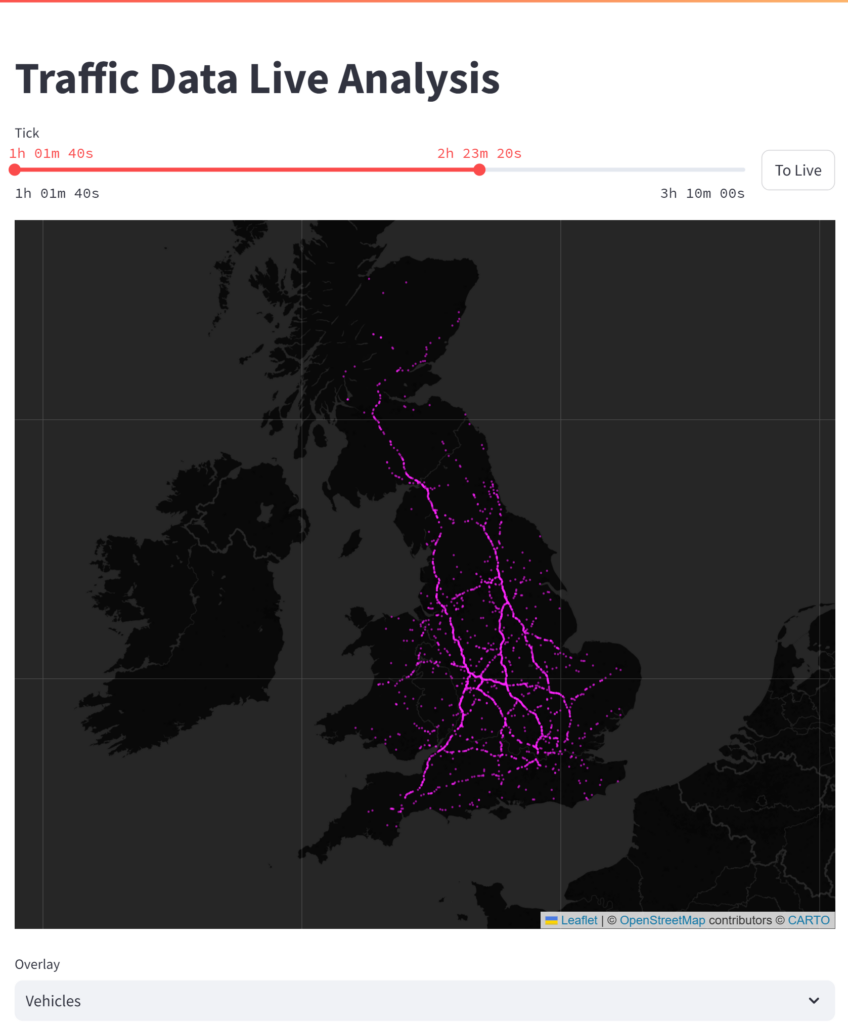Prime Minister Keir Starmer has articulated a very ambitious vision for the UK’s future, emphasising the adoption of artificial intelligence (AI) in driving solutions across various industries. With his government plan set to be “turbo-charged by AI”, Britain aims to position itself as a “global AI superpower”. Starmer emphasises that, ‘Artificial Intelligence will drive incredible change in our country, it has the potential to transform the lives of working people’. This creates a moment of opportunity and urgency to embrace AI-powered solutions that redefine critical sectors, including transport.
Transport networks are the lifeline of modern cities and a force that shapes the modern world, connecting people, goods, and opportunities. Yet, as these cities expand and populations surge, these networks grow more complex. Congestion is no longer an inconvenience but a barrier to economic efficiency, estimating a £307 billion cost to the economy between 2013 to 2030. Environmental concerns add another layer of urgency, as transport remains one of the largest contributors to greenhouse gas emissions, threatening global climate goals.
At the same time, the increasing complexity of urban demands – from the rise of e-commerce to the integration of multimodel travel options like cycling, walking, and public transit – has made the task of managing these systems incredibly difficult. This difficulty stems from an incapacity to balance competing priorities, reducing congestion whilst accommodating growing traffic concerns, integrating diverse traffic modes into a cohesive system and adapting to rapidly changing technologies at a pace that we struggle to keep up with.
The future of transport demands smarter, data-driven solutions that not only address the UK’s current inefficiencies but also anticipates the needs of decades to come.
A Push for a New Approach
As transport systems become more dynamic with new infrastructure like traffic signals, bike lanes, and diverse modes of transport, traditional simulation tools can’t keep up. They lack the scalability and adaptability needed to handle the detail and speed required today, making effective planning increasingly difficult. To overcome this, we need to start reimagining transport simulation with a vision for a smarter, more connected future, one where planners can model entire cities, test countless scenarios effortlessly, and make informed decisions in real time.
Starmer’s push for AI adoption is something that we, as a nation, should aim to achieve. Any solution should reduce congestion, lower emissions and optimise infrastructure for a more sustainable future.
Smarter Mobility Solutions
The next generation of transport simulation will go beyond static models, using advanced technology to handle complex, large-scale networks more efficiently. By supporting parallel simulations, this significantly reduces processing and deployment times, saving time and reducing resource strain while enabling more comprehensive planning through the ability to run multiple scenarios simultaneously.
Seamless integration with diverse systems and data sources, such as traffic data, energy grids, and weather systems, ensures a complete view of the transport environment and how it operates. This integration allows for more accurate responses and proactive planning based on live data inputs, moving away from reactive approaches.
Real-time insights during simulations, provides decision-makers with the tools to make faster, more informed choices under realistic and dynamic conditions. The result in improved decision-making not only helps reduce congestion and enhance road safety, but also prepares cities to address future needs, such as electrification and decarbonisation.
This combination of scalability, integration, and immediacy is key to creating adaptive and effective transport solutions that can help cities reduce congestion, cut emissions, and optimise infrastructure while remaining adaptable to unexpected challenges.
AI interfaces and rapid scenario generation will play a crucial role in improving efficiency and predicting potential challenges. By using AI agents, we can start to simulate and analyse various patterns of life, tracking the movement of civilians and their objectives across the country. This technology allows for a more dynamic understanding of transport needs, enabling authorities to anticipate congestion, optimise routes, and ensure smoother travel experiences.

Innovating for Sustainable Transport Networks
The recent focus on AI intervention presents itself as an exciting opportunity. Hadean can deliver solutions that are aligned with these mandates. By enabling cities to simulate and test transformative initiatives in a realistic, risk-free environment, Hadean can empower planners to tackle challenges like congestion and sustainability. With the ability to model every mode of transport, this holistic approach could allow planners to design networks that truly serve everyone, paving the way for cities that are not only more efficient but also more sustainable and equitable for all.
Over the next coming weeks, stay tuned for more blog content detailing how we can address challenges across the transport sector.
